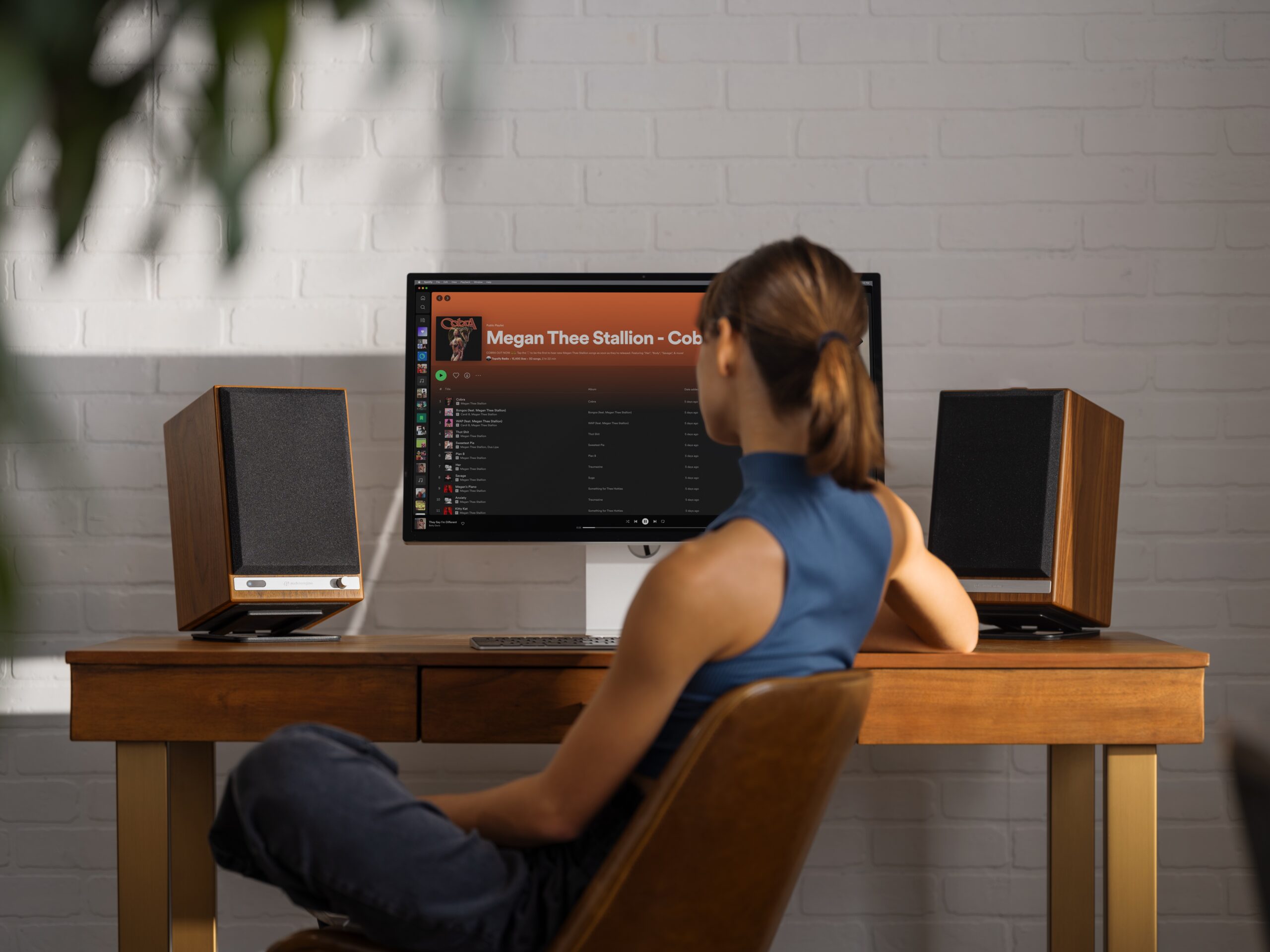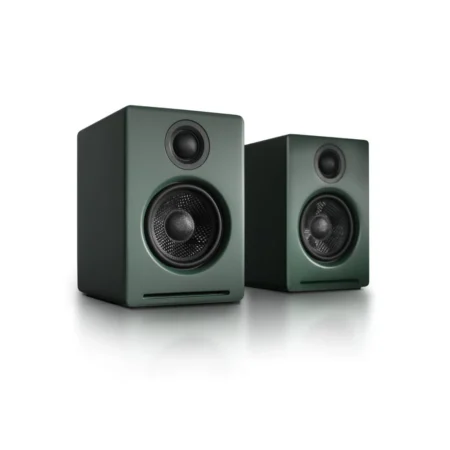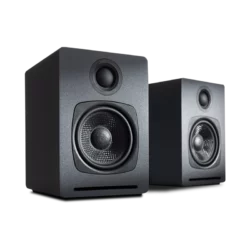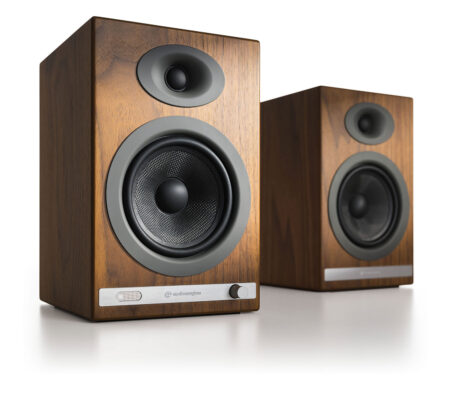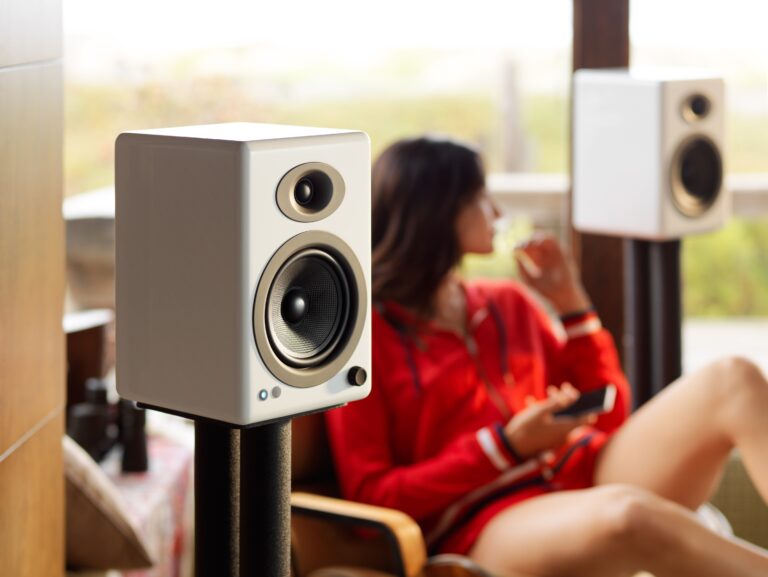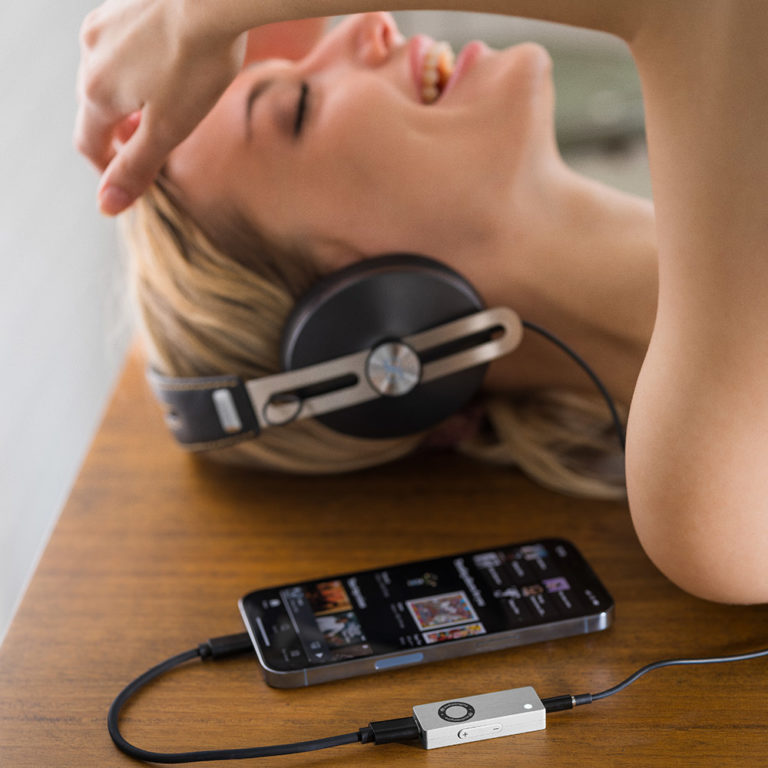Spotify's Lossless Audio Update Leaked: What It Means for Audiophiles & Music Lovers
Spotify is reportedly poised to revolutionize its service by introducing lossless audio streaming, a highly anticipated move since its initial promise back in 2021.
Recent leaks suggest that Spotify is testing streaming bitrates as high as 1411 kbps, a substantial increase from the current maximum of 320 kbps, with potential plans to push this to 2117 kbps. This leap would allow Spotify to deliver audio that retains all the original data from recordings, providing listeners with a superior quality experience.
What is Lossless Audio?
Lossless audio streaming, defined as pristine and unaltered sound, delivers music in its truest form, just as the artist intended. Unlike standard streaming, which often compresses files to minimize data usage, lossless audio maintains the integrity of the original recording. For those of us passionate about audio quality—whether you're a dedicated audiophile or a casual listener who appreciates clarity and depth—this means accessing studio-quality sounds from the comfort of your home.
There's a Catch: Internet Speed
However, there's a catch: streaming at such high fidelity requires a significant amount of data and a robust internet connection.
For example, a bitrate of 2117 kbps could consume approximately 15.9 MB of data per minute. Recognizing these demands, Spotify is rumored to be developing a compatibility checker to help users determine if their internet setup can handle the higher data load.

The Hardware Hurdle: Understanding the Tech Behind Lossless Audio
When discussing the hardware requirements for lossless audio, it's crucial to understand the basic terms that define audio quality: sample rate, bit depth, and bit rate.
- The sample rate, measured in Hz, indicates the number of data points per second in an audio file. Standard CD quality uses a sample rate of 44.1kHz, which captures the frequency range of human hearing. High-resolution audio files, on the other hand, can go up to 96kHz or more, providing an even more detailed sound but also resulting in larger file sizes.
- Bit depth, measured in bits, determines the precision with which each audio sample is recorded. While CD-quality audio is typically 16-bit, high-resolution files may use a 24-bit depth, allowing for more precise sound reproduction.
- The bit rate, expressed in kbps or Mbps, represents the volume of audio data transferred each second and is calculated by multiplying the sample rate by the bit depth. These factors combined dictate the data rate, which can be unstable, especially in wireless settings.
Audioengine’s Bluetooth Capabilities:
Audioengine Home Music Systems feature advanced Bluetooth capabilities including aptX HD, which offers high-fidelity audio transmission even over extended ranges—up to three times the range of standard Bluetooth. This allows for multi-room streaming without sacrificing sound quality. Furthermore, our systems up-sample all audio to ensure a superior signal-to-noise ratio and a lower noise floor, enhancing your listening experience significantly.
The Future of Wireless Audio: Lossless Bluetooth
The good news for wireless listeners is on the horizon. Qualcomm is making strides with its aptX Lossless technology, part of the Snapdragon Sound package, which aims to transmit CD-quality audio over Bluetooth without data loss, provided the radio frequency conditions are optimal. This technology is designed to deliver "mathematically bit-for-bit exact" audio, ensuring that no musical detail is lost during transmission—though it does scale down quality in less than ideal conditions to avoid dropouts.
What This Means for Spotify Users
Spotify's potential move towards higher quality audio streaming is not just a technical upgrade—it's a transformation in how users experience music. We have reached out to Spotify to confirm the details of their planned changes, however no comment was immediately available.
As Spotify tests and potentially rolls out these features, the landscape of music streaming will undoubtedly evolve. For now, users can look forward to a future where digital music consumption meets the high standards of audio fidelity once reserved only for vinyl and CDs.
For Audioengine Home Music System users, this advancement means that the already impressive sound quality can only get better, ensuring that every beat and note comes through with unparalleled clarity and depth.
Conclusion
While details about Spotify's lossless audio are still unofficial, the possibilities it introduces are exciting. For audiophiles, this could mark a new era of streaming where sound quality is no longer compromised. And for everyday listeners, it's an opportunity to experience music as the artists intended, with all the richness and detail preserved. As we await official confirmation and details from Spotify, the anticipation builds for what could be a major leap forward in streaming technology.


